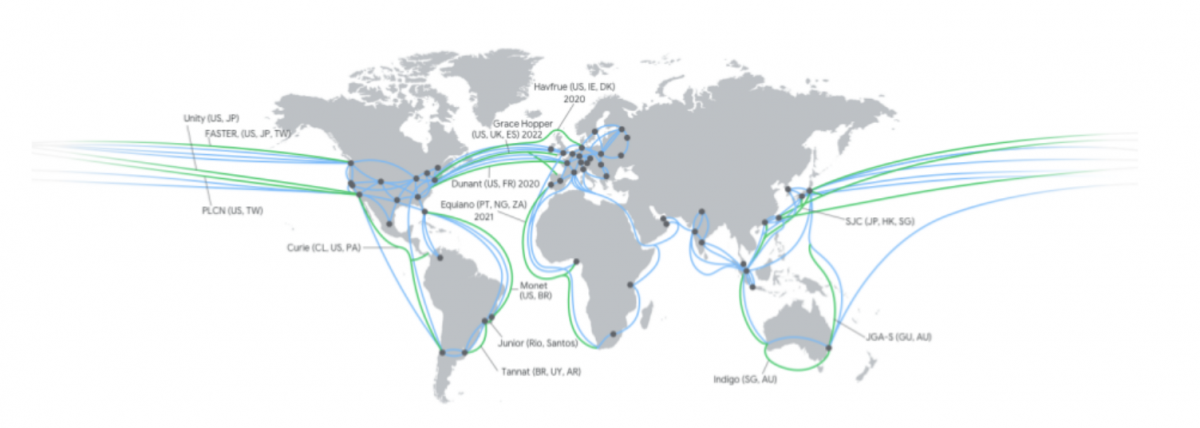Considering moving your virtual machines (VMs) to the cloud? Why not consider Google Cloud for your cloud migration for best in class reliability and speed.
A VM is a VM is a VM right? As it turns out this is not always the case. In this article we take a closer look at why customers around the world are opting to move their VMs to Google Cloud – and the four steps Google recommends you focus on during a migration.
At the heart of Google Cloud you’ll find its Global Network. Google runs one of the most advanced global networks in the world. It ensures that traffic between Google Data centres and customers travel on their own secure network instead of having to traverse the public internet. The result – fast, reliable and secure communication across Google’s 25 regions.

Google’s Compute Engine makes use of Live Migration, which means your virtual machines are automatically moved between hosts during a host event – like hardware or software updates. This allows Google to perform required maintenance without any planned downtime, you don’t even have to restart your machines.
Pricing – you can either use virtual machines and pay per second, or purchase CUDs (Committed Use Discounts). With a CUD you commit to using a certain number of CPUs and memory in return for a substantial discount. The nice part is that you don’t have to pre-pay for your commitment and you can change the configuration of your underlying VMs however and whenever you want. You’re not tied down to a specific machine configuration for the committed time period.
If you have workloads that run on VMs that can be stopped and restarted without much notice you can save even more – up to 80%, by making use of preemptible VMs. What does a VM migration journey typically look like? Google recommends the following migration phases –

Assess. During the first phase you need to assess your current environment, list of machines, their applications, databases, dependencies etc. Having a clearly documented view of your current environment is a crucial part of any successful migration. The assessment will allow you to create a catalogue of your applications, servers and dependencies, which in turn helps you to understand which workloads are easy or challenging to migrate.
Plan. The planning phase is where you establish your cloud environment, access policies, networking, authentication and organisational policies. It’s the blueprint and base on which your infrastructure will run. It’s important to remain flexible and leave room for changes later on during this phase.
Deploy. As the name suggests, during this phase you migrate and deploy workloads to the cloud. Deployments can be done manually, however, this method isn’t recommended as it’s not repeatable. A better way to manage your infrastructure in the cloud is to do so through code, which allows you to automatically provision resources in an observable and repeatable manner.
Optimise. Once your applications are in the cloud you can focus on optimisation. Optimisation can be done to improve reliability and scalability by using managed services or to reduce costs by evaluating the provisioned resources. Further optimisation can be achieved by setting up monitoring and alerting which can be further automated and by codifying as much as possible.
Thinking of a cloud migration? Why not get in touch with us and see how Google’s automated discovery tools can help you get started on your cloud journey.






Leave A Comment